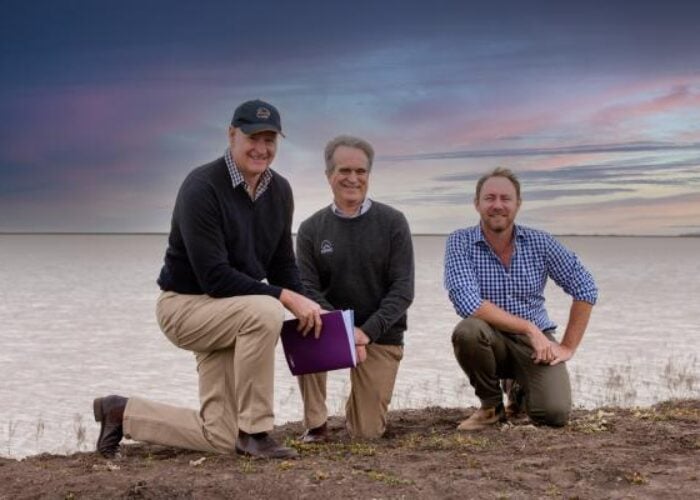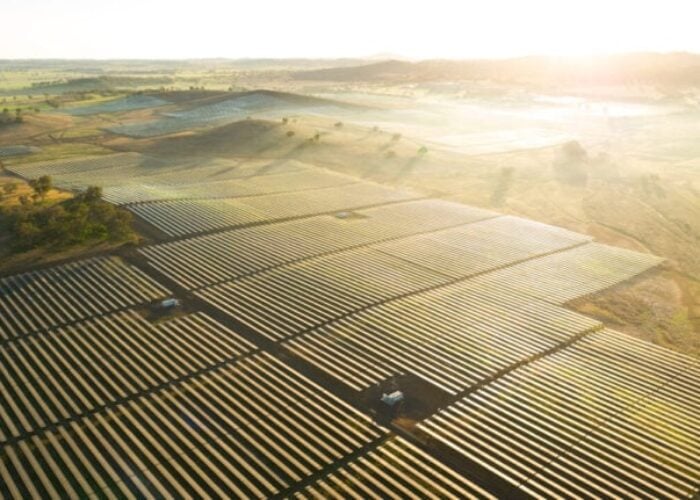
The development of long-distance transmission links that could support the creation of renewable energy zones in Australia’s Northern Territory (NT) is being explored by the local government.
Some AU$1.2 million (US$874,000) has been earmarked for a feasibility study into an “electricity superhighway” based on high voltage direct current transmission links between Darwin and Alice Springs, a distance of almost 1,500km.
Unlock unlimited access for 12 whole months of distinctive global analysis
Photovoltaics International is now included.
- Regular insight and analysis of the industry’s biggest developments
- In-depth interviews with the industry’s leading figures
- Unlimited digital access to the PV Tech Power journal catalogue
- Unlimited digital access to the Photovoltaics International journal catalogue
- Access to more than 1,000 technical papers
- Discounts on Solar Media’s portfolio of events, in-person and virtual
The study, announced today (Tuesday) in the territory government’s 2020 Budget, will also assess the potential for a link from the NT to the National Electricity Grid to facilitate the connection of large-scale renewables generation that would supply east coast power demand.
These plans form part of reforms endorsed by Territory Economic Reconstruction Commission, which was founded earlier this year to provide independent recommendations on what is needed to help the NT economy recover from the effects of coronavirus.
In its first report, the commission said the scope of the transmission links study “should consider the potential for a design that enables multiple projects that both supply and make use of renewable electricity up and down the spine of the Northern Territory”.
The territory government has also allocated AU$6.6 million (US$4.8 million) to an initiative that will see solar PV and battery storage systems installed at remote communities. The Renewable Remote Power Program will begin with a pilot project to supplement power supply in the community of Wurrumiyanga, with renewables replacing diesel.
With further roll-out across remote communities in the future, the Territory Economic Reconstruction Commission notes that the project has job creation benefits and will reduce government subsidies for the cost of supplying power.
The NT government said in a document accompanying the Budget that with new opportunities for clean energy supply, the territory can harness its rich natural resources to help boost investment and jobs. The territory aims to have 50% renewable energy in its grid by 2030 and reach net-zero carbon emissions by 2050.
The NT is also the location for a proposed transmission system that will allow Australia to export solar energy to Asian markets. Major Project Status was granted in July to the AU$22 billion Australian-ASEAN Power Link, which would feature a 4,500km high voltage direct current transmission system connecting a 10GW solar / 30GWh storage facility near Darwin to Singapore and Indonesia.







